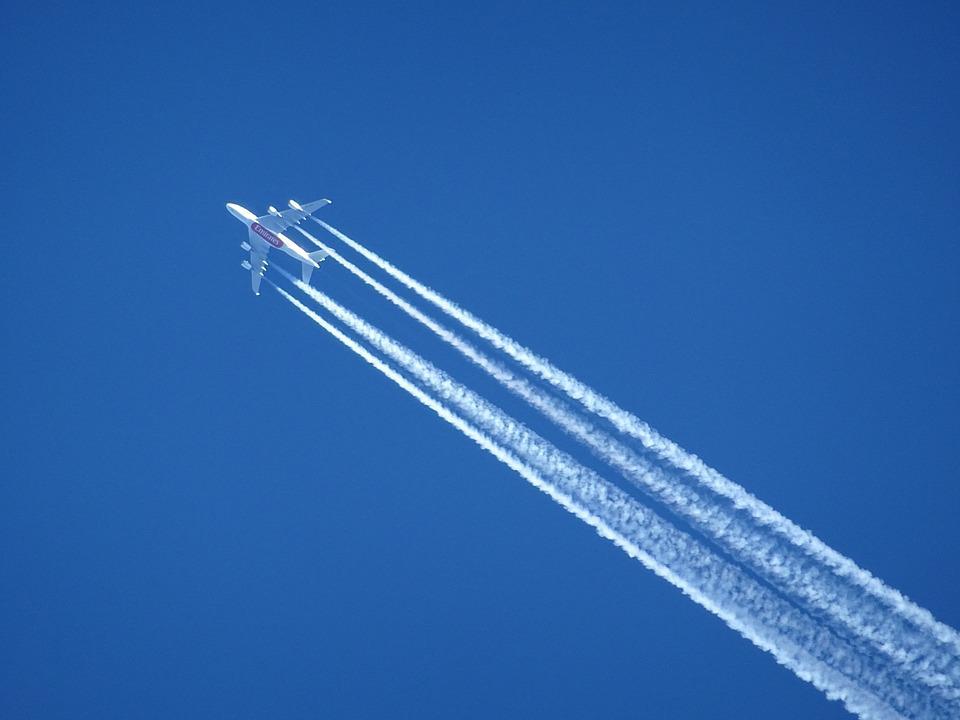Small University, Big Emissions

Royal Roads University is a little university, but little universities can generate a lot of greenhouse gas (GHG) emissions.
I recently carried out a first approximation of the GHG emissions from business-related air travel at RRU and the results, I think, challenge us to consider how we ensure that our new Climate Action Plan is more than just a nice document.
In 2019, the last year when people travelled prior to the pandemic, business-related air travel accounted for more than 50% of all the GHGs generated by the entire operation of the university. Collectively, RRU faculty, staff and administrators flew ≈4.2 million kilometres (roughly 100 trips around the Earth at the equator) on business-related air travel, which resulted in more than 1200 tCO2e of emissions, or roughly 2 tCO2e of air travel emissions (the emissions for two round trips to Toronto from Victoria) for every employee.
The largest source of air travel emissions is the 75 or so faculty and librarians travelling for their research, professional development or conference presentations; this is slightly more than 50% of all of RRUs air travel emissions. Second are the emissions related to the marketing, recruitment, and advancement work of the university, at 20% while the emissions of the five members of RRUs Executive together make up around 15%. While I don’t know individual GHG emissions from all employees, twelve employees that can be identified, which make up 2% of the total university complement, make up 25% of all the air travel emissions.
Our new Climate Action Plan commits RRU to reduce our business-related air travel by 50% by 2030. To get to this value, simple math tells us that we have to reduce our emissions by about 7% a year every year from 2020 to 2030. Yet, this aspirational ‘degrowth’ of our carbon emissions poses really significant questions that RRU, and other universities around the world, are going to have to confront.
- How will the institution decide which employee group will be giving up around 20% from the 2019 baseline of our GHG emissions this year (we’re already into the third year of this necessary decline and no one really travelled much during the past two years)?
- Do we need to spend so much carbon on marketing and recruitment functions?
- While it is clear that faculty need to travel to both carry out their research and to disseminate it through meetings and conferences, who should fly, and who is going to make this determination?
- RRU is an institution that markets globally and student travel, especially travel from Asia, involves regular long-distance travel which at this point we do not account for. Should RRU market ourselves internationally and be responsible for the generation of those GHG emissions?
If documents like the Climate Action Plan are to be taken seriously, we need to measure and monitor those things that are of importance to its accomplishment. RRU has made a commitment to a degrowth strategy when it comes to carbon emissions, but society, broadly speaking, has not found degrowth easy to even consider, let alone accomplish. What we do in the next year or so in terms of our air travel emissions will be telling: is the Climate Action Plan a real commitment to action, or just a nice-looking report.